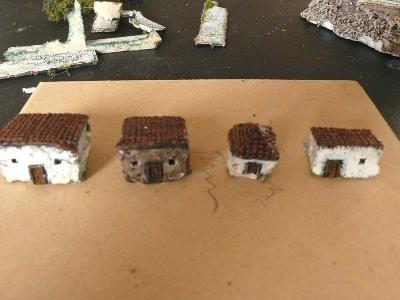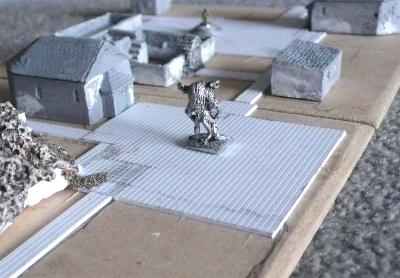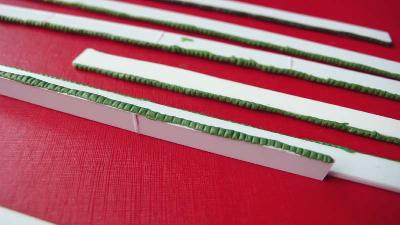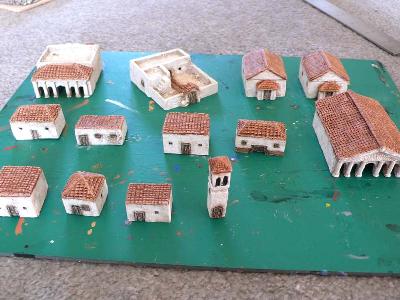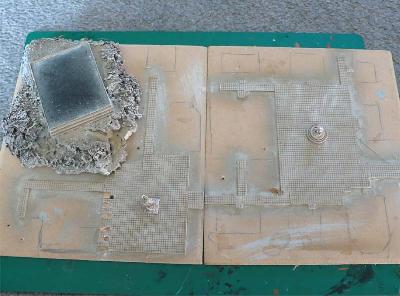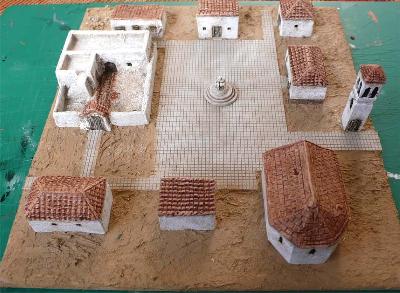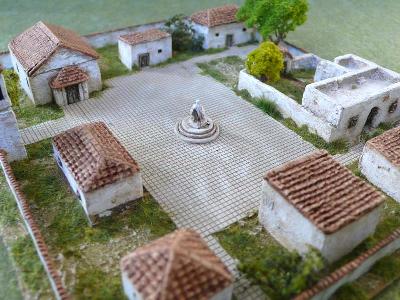The buildings in need of repair

Here are all the buildings after I pulled them off their bases from a previuos system. Some of the buildings wich were made from polystrene have been damaged over the years and were a bit squashed! All the buildings have been given a thin black paint wash ready for
repainting.
I managed to salvage a few other pieces from the old town including the statues and bushes.

 These buildings are the Irregular Classical building set I brought the buildings from Irregular a few years ago with the idea of using them for Lord of the Rings gaming
to represent Gondor. But I realised they looked too "Greek" and wouldn't do as Gondor buildings.
These buildings are the Irregular Classical building set I brought the buildings from Irregular a few years ago with the idea of using them for Lord of the Rings gaming
to represent Gondor. But I realised they looked too "Greek" and wouldn't do as Gondor buildings. 
